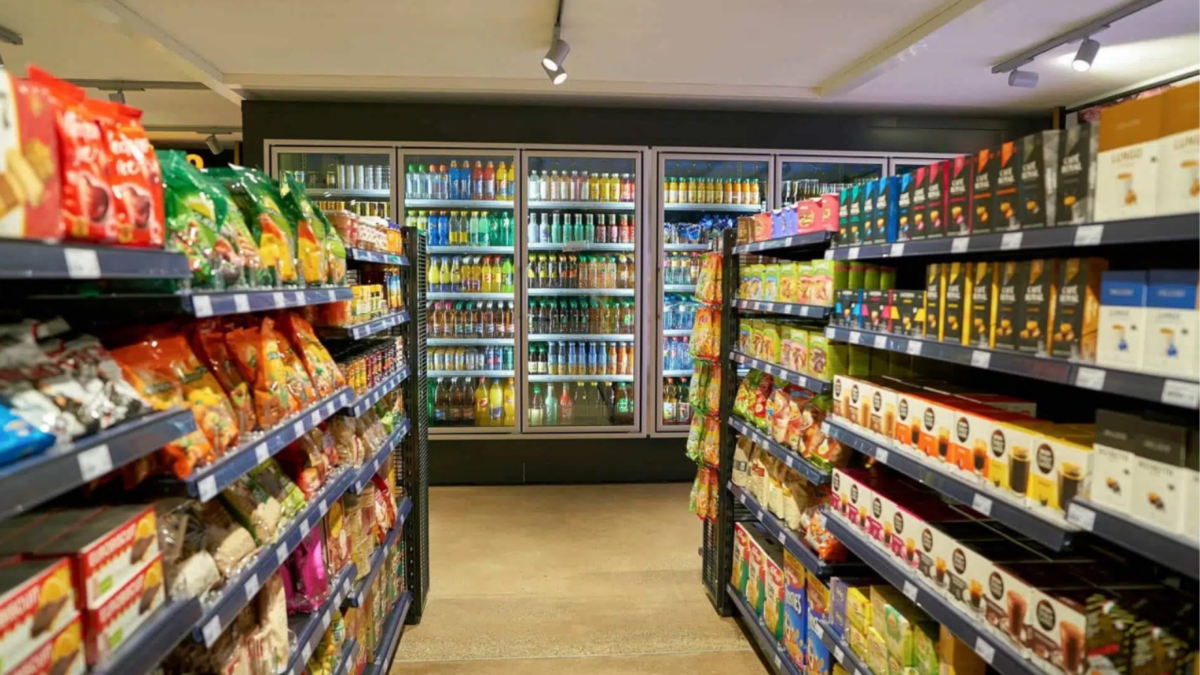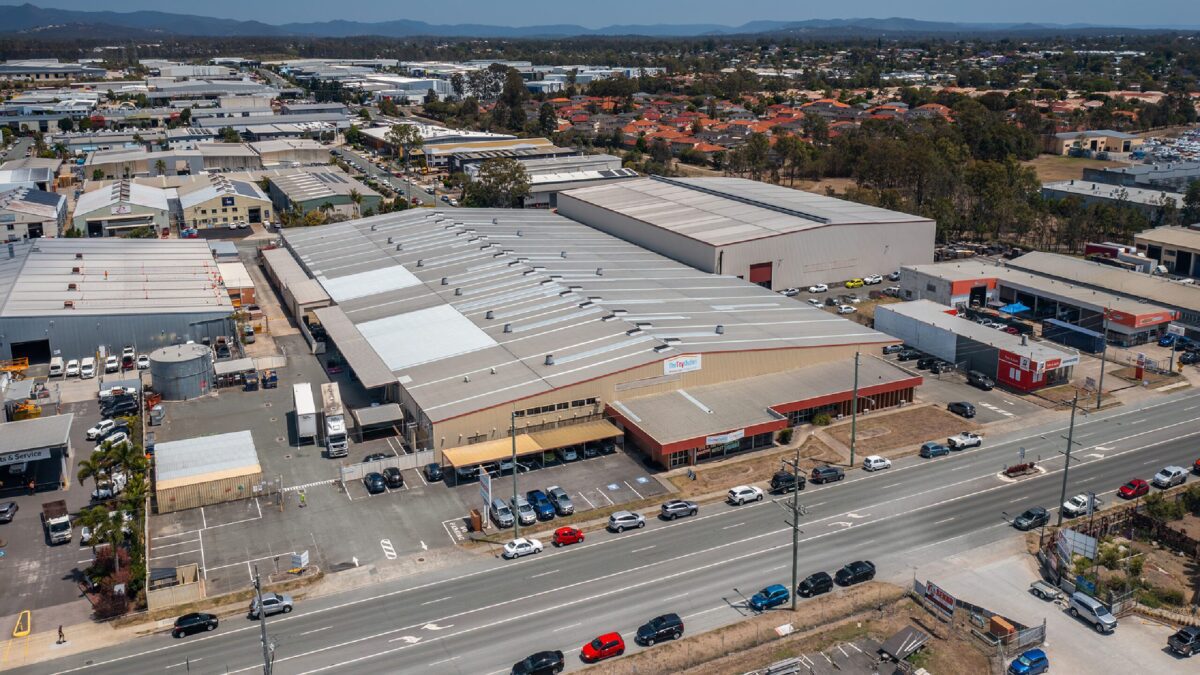Investment, structural tailwinds underpin industrial property demand
The investment case for industrial property just keeps getting stronger. Since 2020, it’s been the outperformer in the commercial property sector, a state of affairs set to continue as it benefits from multiple structural and investment tailwinds.
On the structural front, e-commerce penetration, population growth and rising construction costs will underpin demand.
E-commerce penetration: The trend towards growing online retail sales is clearly evident but, surprising as it may seem, Australia is a laggard with countries such as China, Indonesia and even Mexico having higher numbers. As Australia catches up with the rest of the world, the increased logistics activities will spur more demand for industrial space.
Population: As the population grows, so too does the industrial activity required to support those peoples’ needs, jobs and lifestyles. The global real estate services firm Cushman & Wakefield estimates that an additional four-square metres of industrial space is required for every new person added to a population. With Australia’s population forecast to grow by 5.1 million to 30.7 million by 2030, that’s an extra 20.4 million square metres of industrial space that will be needed.
Construction costs: It’s easy for all the headlines about increased living costs, residential rents and housing prices to hide a significant beast – increased construction costs. Construction labour and the cost of materials have been rising rapidly over the past few years and the urgent need for residential stock will ensure these costs keep growing. Higher construction costs mean new industrial property becomes more expensive, increasing the relative value of existing industrial stock, restricting new supply growth and giving tenants fewer options at lease renewal time.
The coalescing of these three factors is evident – demand is outstripping supply for industrial space across most of Australia. Nationally, the vacancy rate was just 2.1 per cent in the quarter to June 30, 2024, compared with 5.6 per cent in 2020.
Rent – the source of investor value: A property asset derives its value from its current and expected future income streams. The supply-demand dynamics in the industrial property market will continue to drive support for rents, underpinning returns.
Additionally, industrial properties typically have pre-determined rental increases worked into the leases – an important feature for managing inflation risk.
Seasoned industrial player Trilogy Funds has 54 per cent of all leases in the portfolio linked to increases in the consumer price index (CPI), helping the portfolio income largely keep pace with recent high inflation – the ideal outcome.
“These terms are not always easy to manufacture,” says Laurence Parisi, Trilogy Funds property fund manager tells The Golden Times. “They are an outcome of timing, solid relationships with tenants and forward thinking with regards to considering relative future bargaining power at the asset acquisition stage.”
Rising construction costs which, as mentioned earlier, drives up replacement costs. According to Trilogy, this is another key acquisition consideration.
“The ability to acquire an asset at below replacement cost is a huge asset selection factor,” says Parisi. “It means that, come rent renewal time, moving into a new property that is both recently built and cost effective, is an option tenants likely don’t have – and this has a significant impact on the bargaining power of the tenant.”
Unlike some other investment classes, there’s also the benefit of having depreciation as a tax advantage to offset against portfolio income, so distributions to investors can have tax-deferred components and investors can adopt strategies to minimise their tax liability.
Long-term success, future opportunities: All these structural and investment factors help explain how the Trilogy Industrial Property Trust has delivered an annualised total return of 8.99 per cent since inception in 2018. The fund’s 15 assets have been selected on tenant strength, tenant-industry diversity, yield/valuation and the forward prospects of the locations.
Trilogy has long recognised the long-term prospects for the sector broadly and has compounded those prospects by selecting assets that will position the portfolio more favourably relative to the market.









